The National Audit Office has called for more resources to be spent on ensuring food safety and authenticity higher up the supply chain instead of primarily at farmgate level.
In a report into the horsemeat scandal, published today, the NAO said food assurance in the UK was heavily targeted at the “front end” of the food system – farms and, in the case of the meat industry, slaughterhouses and cutting plants.
At present, about one quarter of all spending to check for food law compliance was spent at those early stages of the supply chain, the NAO said. This reflected EU requirements and “the relatively high safety risk of food handling” at primary production level, it added, but it suggested some resources should be shifted to check further along the chain.
“The horsemeat incident has shown the need for more robust checks over safety and authenticity risks at later stages of the supply chain, as well as ensuring systems provide traceability across long and complex supply chains,” it said.
Recent analysis had highlighted just how complex supply chains for processed products could be, the NAO said, citing a report by the Food Safety Authority of Ireland analysing the components of a pizza. The FSAI’s work had identified 5 individual ingredients, which had passed through 60 countries on five different continents, the NAO said.
Current assurance systems were not set up to deal with such complexity, it said, although it warned the UK would not be able to bring about change on its own and would need to work with other countries at EU level.
Machinery of government changes
The NAO report also criticised the machinery of government changes brought in by the coalition government in 2010, which split responsibilities across the Food Standards Agency, Defra and the Department of Health. This had caused “confusion among stakeholders” while delivering “no obvious benefit to those implementing controls,” the NAO said.
In addition, the changes introduced in 2010 had also weakened intelligence sharing, for example between Irish and UK authorities.
Its report also highlighted government testing of food had declined in the years leading up to the horsemeat scandal, with the total number of food samples tested for safety or authenticity in England down by 25% since 2009/10. “The fall is partly because local authorities have reduced the number of their tests as local funding has been cut, but also reflects a move towards a more risk-based and coordinated approach,” the NAO said. “The reduction in testing means there is less intelligence in the round.”
Furthermore, the number of public analysts in England had fallen from 40 to 29 since 2010, the report said, and four official control laboratories had closed in the past two years. This meant the UK was potentially ill equipped to respond to a new horsemeat-style crisis, it suggested. “Although government reports that there was sufficient capacity within the public analyst network to respond to the horsemeat incident, the rate of its decline, and a lack of monitoring, creates a potential risk of insufficient capacity or capability to respond to a large-scale authenticity incident that may occur in the future.”
NAO head Amyas Morse said the horsemeat scandal had revealed “a gap between what citizens expect of the controls over the authenticity of their food and the effectiveness of those controls in reality. The division of responsibilities for food safety and authenticity has created confusion. The government needs to remove this confusion and improve its understanding of potential food fraud and how intelligence is brought together and shared.”







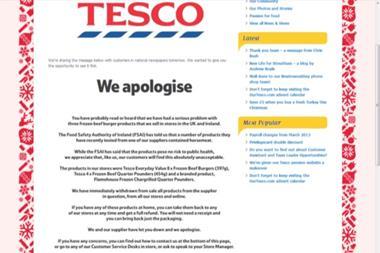
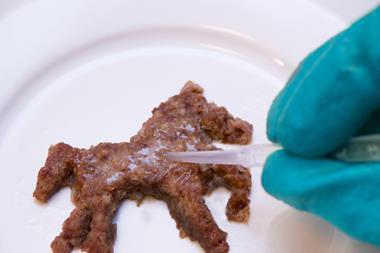
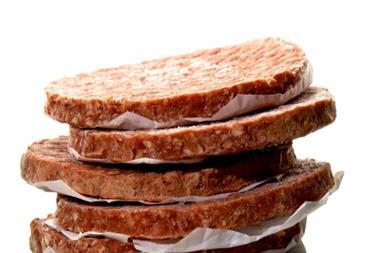

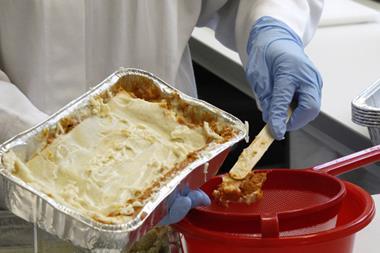


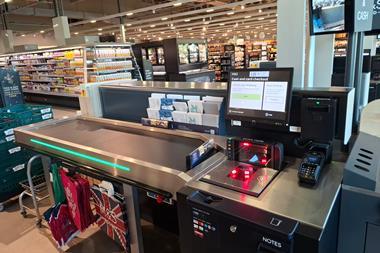
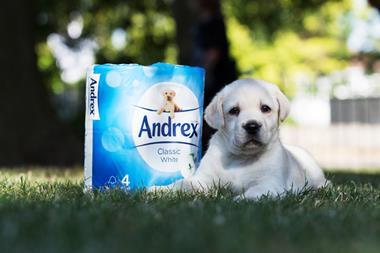



No comments yet